Manage Jujube and Seedlings
RedSun (Zone 6, NJ)
9 years ago
Related Stories

EDIBLE GARDENSSummer Crops: How to Grow Tomatoes
Plant tomato seedlings in spring for one of the best tastes of summer, fresh from your backyard
Full Story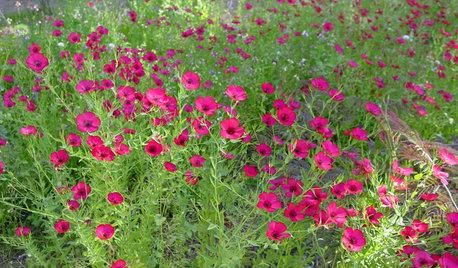
GARDENING GUIDESSouthwest Gardener's August Checklist
Manage monsoon effects, remember to fertilize and don't let the heat deter you from planting for fall
Full Story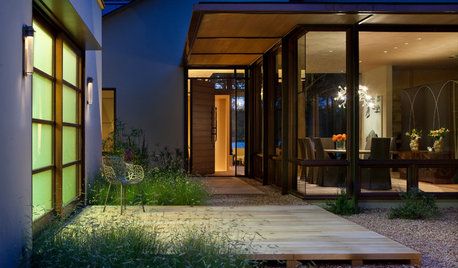
LANDSCAPE DESIGNDesign Solutions for the Time-Strapped Gardener
Landscaping for easy maintenance can help make your garden more manageable — and pleasurable to be in
Full Story
LANDSCAPE DESIGNThe Unparalleled Power of Trees
Discover the beauty and magic of trees, and why a landscape without them just isn't the same
Full Story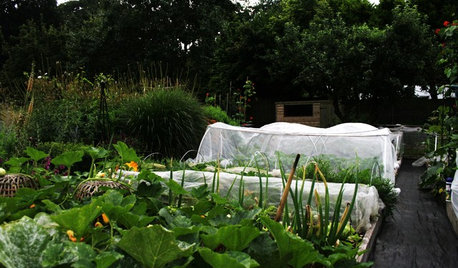
EDIBLE GARDENSFood and Community Thrive in a U.K. Allotment Garden
Get a peek at a rented garden plot in England where edibles and flowers mix and local residents can mingle
Full Story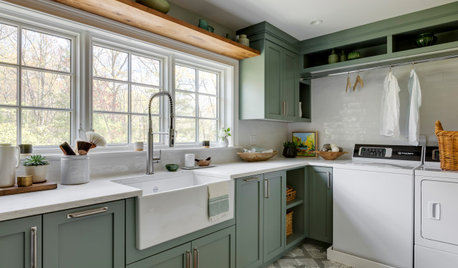
LAUNDRY ROOMSKey Measurements for a Dream Laundry Room
Get the layout dimensions that will help you wash and fold — and maybe do much more — comfortably and efficiently
Full Story
GARDENING GUIDESHerb Garden Essentials: Grow Your Own Delicious Mint
Pull out a pot for this one. Mint's spreading habit and hard-to-kill nature can be a blessing — if you're properly prepared
Full Story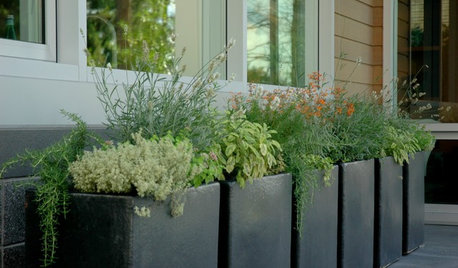
GARDENING AND LANDSCAPINGUnexpected Edible Gardens
How to grow your own herbs and vegetables almost anywhere
Full Story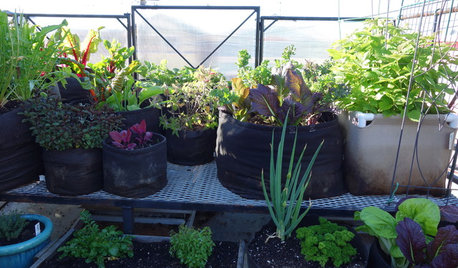
FARM YOUR YARDAn Urban Greenhouse Overflows With Edibles
Making meals just means stepping into the yard for a San Francisco couple who revamped an old orchid house
Full Story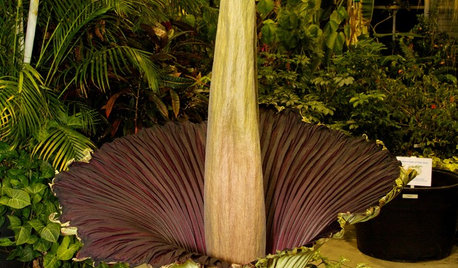
FUN HOUZZSmell This Shocking Flower at Your Own Risk
Don't say we didn't warn you: The foul scent of the rare and incredible corpse flower may knock your socks off
Full Story







Charlie
RedSun (Zone 6, NJ)Original Author
Related Professionals
Baltimore Landscape Architects & Landscape Designers · Brooklyn Center Landscape Architects & Landscape Designers · Wake Forest Landscape Contractors · Allentown Landscape Contractors · Dinuba Landscape Contractors · Fuquay-Varina Landscape Contractors · Harrisburg Landscape Contractors · Lake Saint Louis Landscape Contractors · Las Vegas Landscape Contractors · Middleton Landscape Contractors · Munster Landscape Contractors · Ridgewood Landscape Contractors · Round Lake Landscape Contractors · Sugar Hill Landscape Contractors · San Pablo Landscape ContractorsCharlie
maryhawkins99
forestandfarm
RedSun (Zone 6, NJ)Original Author
forestandfarm
RedSun (Zone 6, NJ)Original Author
forestandfarm
RedSun (Zone 6, NJ)Original Author
forestandfarm
RedSun (Zone 6, NJ)Original Author